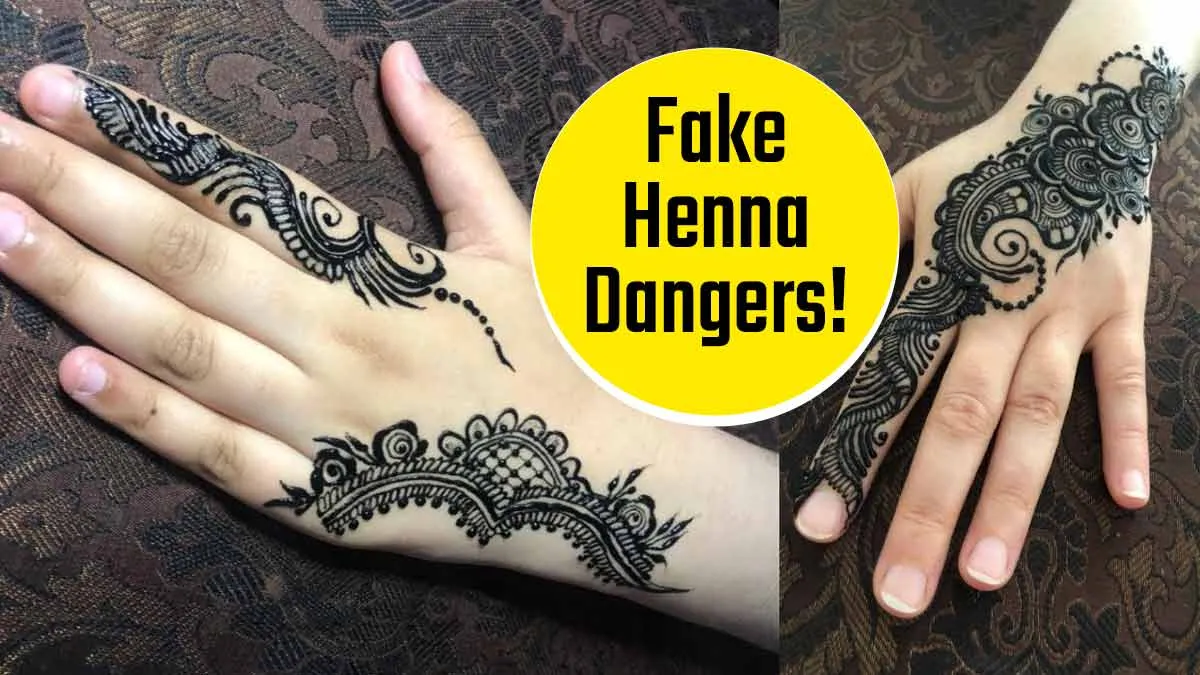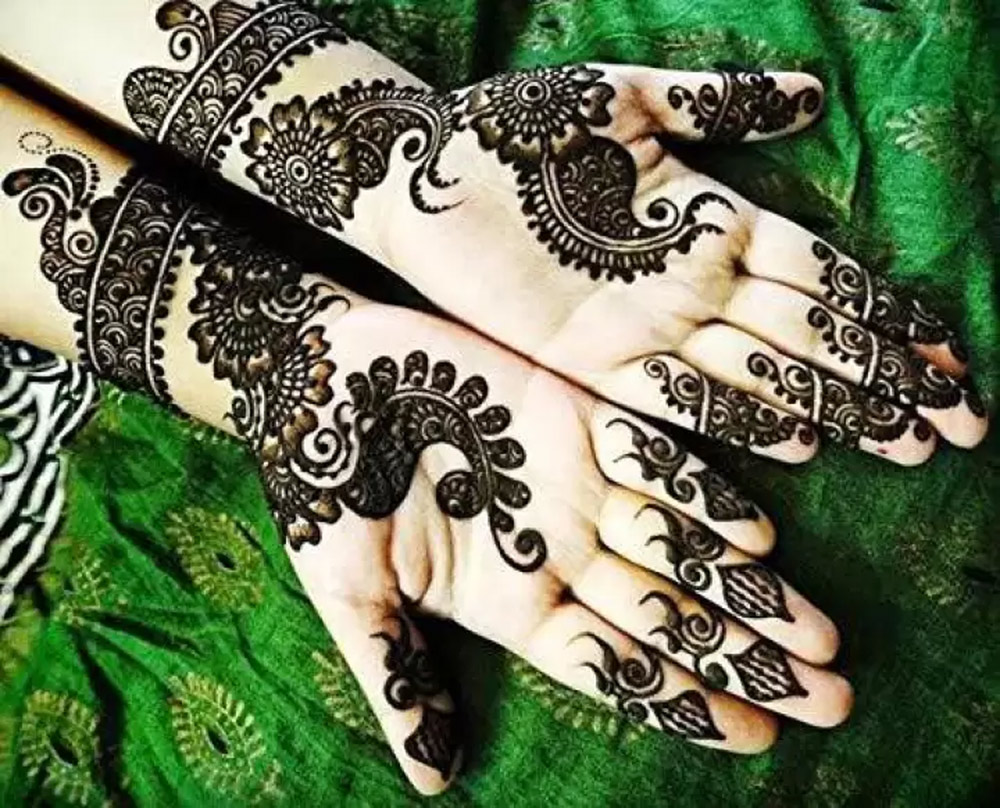
Black mehendi, with its bold, quick-staining designs, is a popular choice for weddings and festivals. But behind its instant appeal lies a hidden danger: fake henna. Unlike natural henna, which stains the skin orange-brown, black mehendi often contains harmful chemicals that can trigger severe reactions. So, what makes black mehendi risky? An expert explains that fake henna containing paraphenylenediamine (PPD) can cause severe allergic reactions, emphasising that the issue lies not with henna itself but with the use of counterfeit products. Read ahead as it further decodes the science and safety tips to protect your skin.
Table of Content:-
Why Is Fake Henna Dangerous?
View this post on Instagram
According to Dr Agni Kumar Bose, Consultant, Dr Rekha Sheth's Clinics, Mumbai, “If mehendi causes rashes or burns, blame the artist, not the henna. Fake products are the real culprits.” Fake henna often contains paraphenylenediamine (PPD), a chemical used in hair dyes. While PPD helps create that ‘black' stain, it’s toxic for the skin. “PPD is highly irritating. You’re lucky if the allergy stays on your hands. Many apply it on the face, scalp, or eyebrows, leading to bigger disasters,” he explains.
Key Risks of PPD in Fake Mehendi:
- Severe Allergies: Redness, itching, blisters, or burns.
- Long-Term Damage: Repeated use can cause scarring or pigmentation.
- Systemic Reactions: Rare cases of fever, swelling, or breathing issues.
ALSO READ: Can Banana Peels Really Help Your Skin, or Do Pesticides Pose a Threat?
How to Spot Fake Henna?
-1741676476067.jpg)
Worried about fake mehendi? The expert shares a quick hack:
Apply on Tissue Paper:
- Real Henna: Stains slowly, turning orange-brown over hours.
- Fake Henna: Stains immediately black or dark green.
- Check the Smell: Natural henna has an earthy, herbal scent. Fake versions smell chemicals.
“If your artist uses pre-mixed black paste, question its ingredients,” he advises.
What Science Says About PPD Allergies
A study in the Journal of Dermatology found that PPD is among the top 10 allergens causing skin reactions worldwide. Researchers noted that 3-5% of people exposed to PPD develop contact dermatitis, with cases spiking during festive seasons due to fake henna use. The study warns that PPD’s effects can worsen with repeated exposure, urging stricter regulations on cosmetic products.
Safe Alternatives to Black Mehendi

The expert stresses using natural henna for safer designs:
- Look for Green Powder: Pure henna is greenish-brown and smells like fresh grass.
- Avoid “Instant” Stains: Natural henna takes 6-8 hours to darken.
- Patch Test: Apply a small dab 24 hours before full use to check for reactions.
“Your skin isn’t a lab experiment. Demand natural products,” he says.
What to Do If You React to Fake Henna
- Wash Immediately: Use soap and cold water to remove the paste.
- Apply Cold Compress: Reduces swelling and burning.
- Use OTC Creams: Hydrocortisone cream can ease mild itching.
- See a Doctor: If blisters, pain, or fever occur, visit a dermatologist ASAP.
ALSO READ: Transform Your Skincare Routine: Expert Tips on Facial Lymphatic Drainage
Conclusion
Black mehendi might save time, but its risks aren’t worth the shortcut. It may offer quick, bold designs, but its risks far outweigh the convenience. Fake henna, often laced with harmful chemicals like PPD, can cause severe skin reactions and long-term damage. Always choose natural henna for safer, healthier results. Prioritise your skin’s well-being over trends, and remember—true beauty lies in care and caution.
Also watch this video
Read Next
THIS Is The Best Remedy For Sun Tan!
How we keep this article up to date:
We work with experts and keep a close eye on the latest in health and wellness. Whenever there is a new research or helpful information, we update our articles with accurate and useful advice.
Current Version